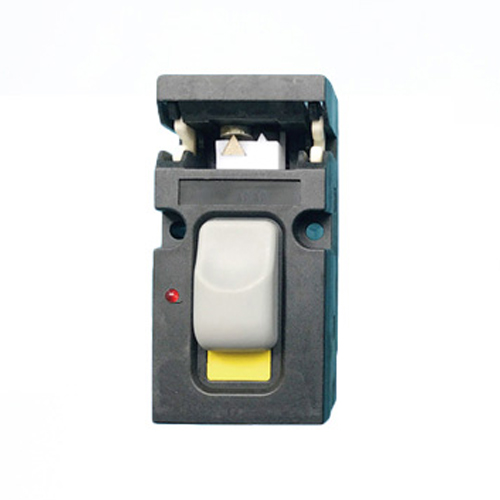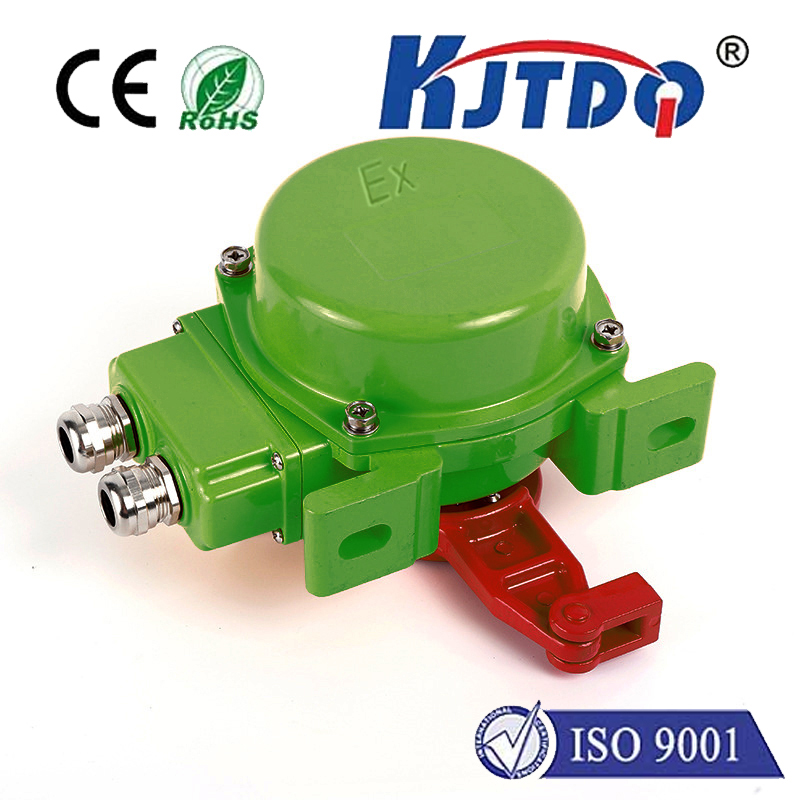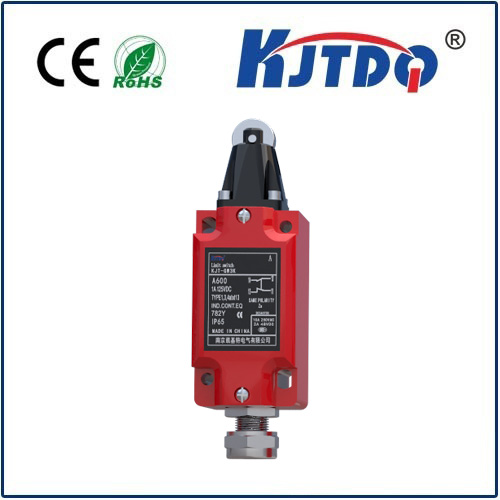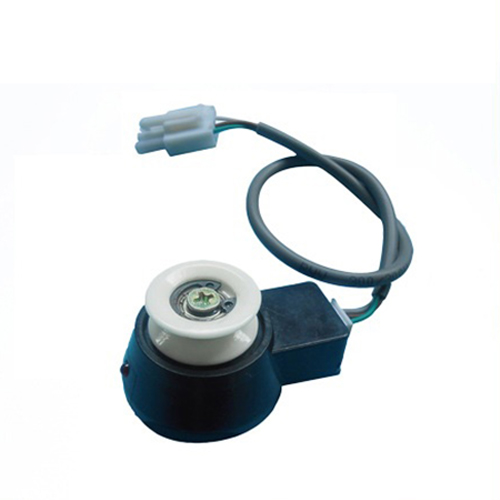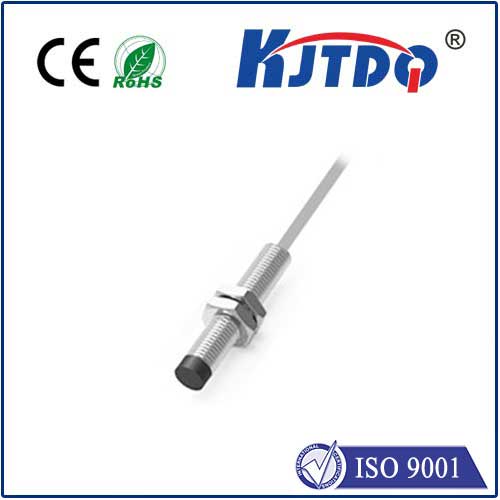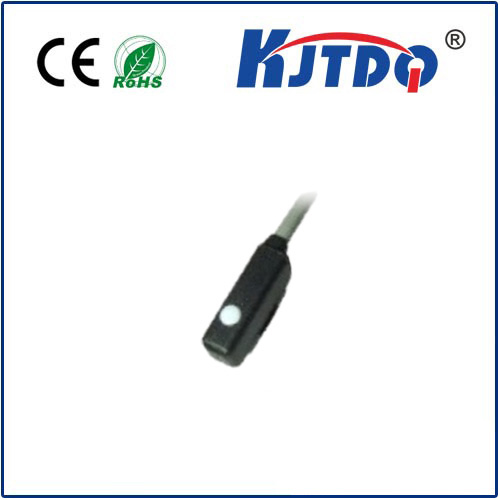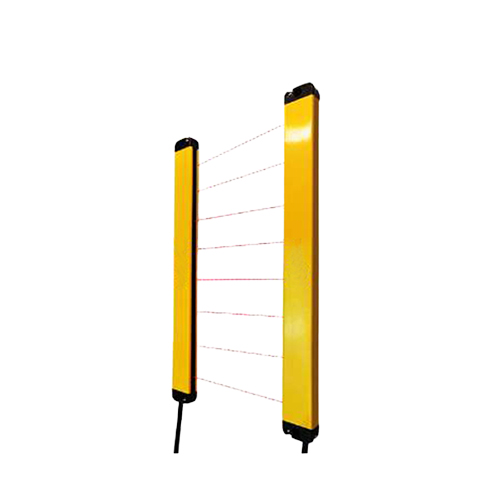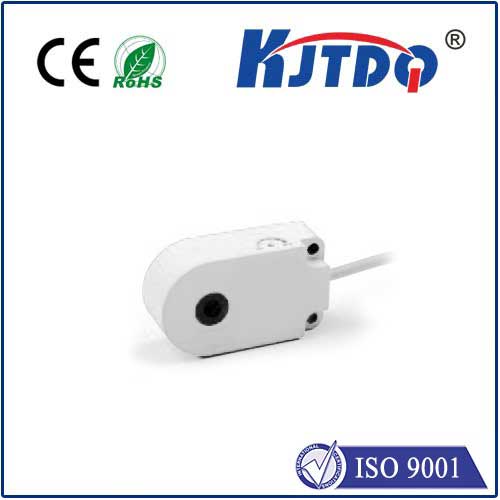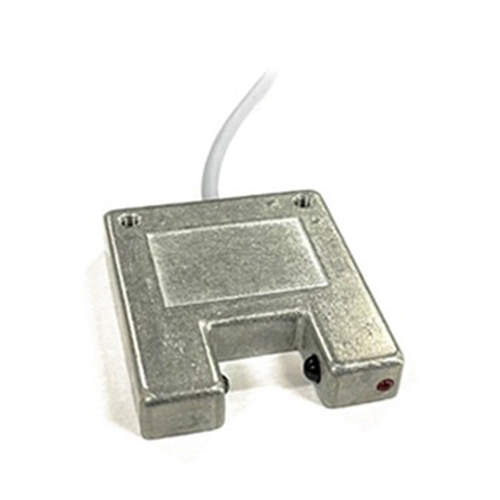

check

check

check

check
Ever wonder why two cameras with the same megapixel count can produce drastically different images? The answer lies deep within the device, where light becomes data: the photo sensor. Often overshadowed by lens talk or megapixel hype, the image sensor is the true cornerstone of image quality. But what constitutes the ideal photo sensor? It’s a fascinating quest, moving far beyond simple pixel counting to encompass a symphony of performance characteristics that define the very essence of clarity, color, and light capture.
The pursuit of the ideal sensor transcends marketing buzzwords. It demands a sensor that acts as a flawless translator, converting photons (particles of light) into electronic signals with near-perfect fidelity. This means excelling in several critical, interrelated domains:

These core attributes are deeply influenced by the sensor’s physical size. Larger sensors inherently gather more light per pixel (if pixel size is maintained) or offer larger pixels at the same resolution. This generally translates directly to improvements in DR, QE, and SNR – major pillars of the ideal sensor. However, size also impacts camera design, cost, and lens size, leading to a spectrum of formats (Full-Frame, APS-C, Micro Four Thirds, smartphone sensors) where practical compromises are made.
Sensor technology itself is in constant evolution. While CCD (Charge-Coupled Device) sensors once dominated for their purity and low noise, CMOS (Complementary Metal-Oxide-Semiconductor) sensors now reign supreme due to advantages in power efficiency, speed, integration potential, and cost. Modern CMOS innovations like BSI (Back-Side Illumination) increase QE by flipping the sensor structure so light hits the photodiodes directly, unimpeded by wiring. Stacked CMOS takes this further, separating the photodiode layer from the processing circuitry, enabling faster readout speeds and improved image processing capabilities.
Understanding these inherent compromises is key. The ideal photo sensor doesn’t exist universally. The “ideal” depends heavily on the application:
The journey towards the ideal photo sensor is one of relentless innovation, constantly pushing the boundaries of physics and engineering. From breakthroughs in materials science (potentially beyond silicon, like quantum dots or graphene) to novel pixel architectures (global shutter CMOS) and ever-more-sophisticated computational techniques working alongside the sensor, the future is bright. The goal remains constant: a sensor that captures light with unparalleled fidelity, translating the visual world into digital data with breathtaking accuracy, dynamic range, speed, and clarity – truly seeing the world as it is, one photon at a time.
